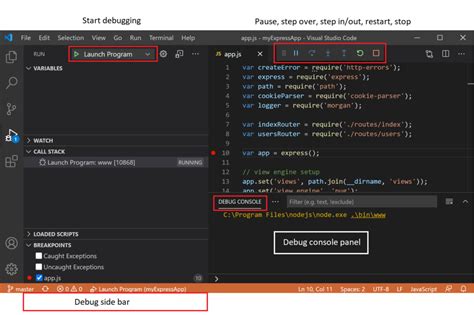Long ‘0/unconfirmed’ correction Bitcoin Customer: Wizard Solving problems
For experienced bitcoin users, the “0/unconfirmed” space may be frustrating and even disturbing. This question may seem independent of Ethereum, but in fact it is an opportunity to defeat the common problems caused by alternative blockchains such as bitcoins.
What does “0/unconfirmed” mean?
In connection with the Bitcoin customer, the event is marked without “confirmation” until the network confirms it. It means:
- The sender has not yet been confirmed from other bitcoin nodes.
- The recipient has not yet confirmed this event.
General reasons of long condition “0/unconfirmed”:
Before we dive into solutions, we will examine some possible reasons why you can experience a permanent mode “0/unconfirmed”:
1
2
- Wallet or knot assembly : Incorrect wallet or nodes, such as insufficient means or incorrectly determined access, may cause “0/control” mode.
Stages of troubleshooting:
If you want to solve a long “0/unconfirmed” space for Ethereum events, try these steps:

Step 1: Check your wallet settings and nodes
- Make sure the wallet and nodes are correctly determined. This includes:
+ Sufficient means for an event.
+ Control of the right to use (eg allow or disable access to specific addresses).
- If you use a third -party wallet, make sure it is compatible with Ethereum and has the necessary access.
Step 2: Be sure to qualify for an event
- Use tools such as
Ethers.jsor” Console.logi to check the event information. You can check if the event is incorrect, incomplete or missing the required information.
- Find errors in the output or events metadate.
Step 3: Check network conditions
- Make sure there is no network overload:
+ Using a faster Internet connection.
+ Reduce the number of processed transactions at a time.
+ Closing the wrong comments or processes sclada.
- You can use tools like
Ethers.js' to track network activities and detect obstacles.
Step 4: Be sure to synchronize nodes
- Make sure the nodes are properly synchronized. This includes:
+ Regularly update software to nodes and configurations.
+ Securing that the nodes have access to all the necessary information about the event.
- Use tools such asEthers.js
or" Console.log to check the events to be sent.
Step 5: Wait for confirmation
- Waiting for a short time can sometimes solve problems caused by network overload. Try:
+ Waiting for 1-2 minutes prior to re-check.
+ Reduction of the number of transactions restored at the same time.
+ Using a more reliable and most up -to -date customer or Ethereum wallet.
More tips:
- Consider updating a newer version of Bitcoins, which may include improved network performance and errors.
- Use tools like "Ethers.js or
Console.logto track information about your events and identify all the problems.
- If none of these steps will resolve, consider help from online forums or communities dedicated to Ethereum and Bitcoin.
Conclusion
The lack of a long “0/unconfirmed” space requires careful examination of wallet and nodes settings, events qualifications, network conditions and synchronization. By following these phases of failure, you can identify and solve the common problems that cause this problem to your Ethereum problem.
